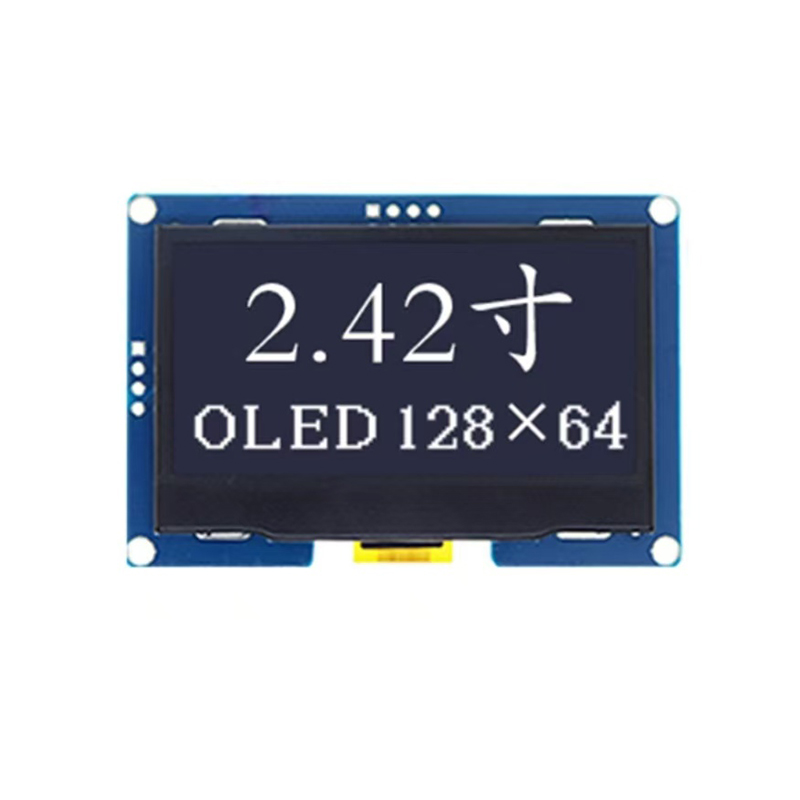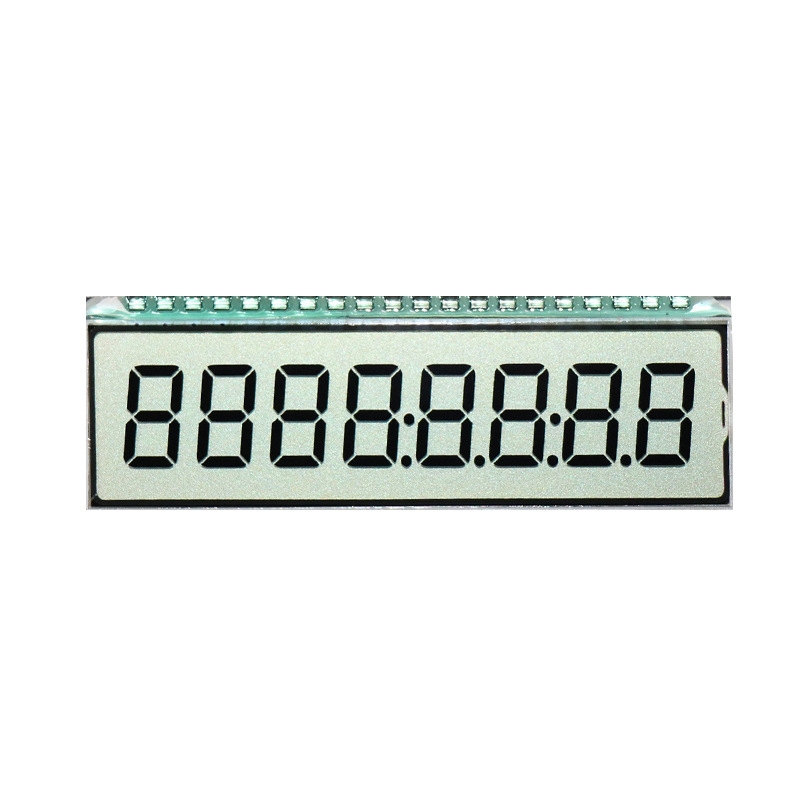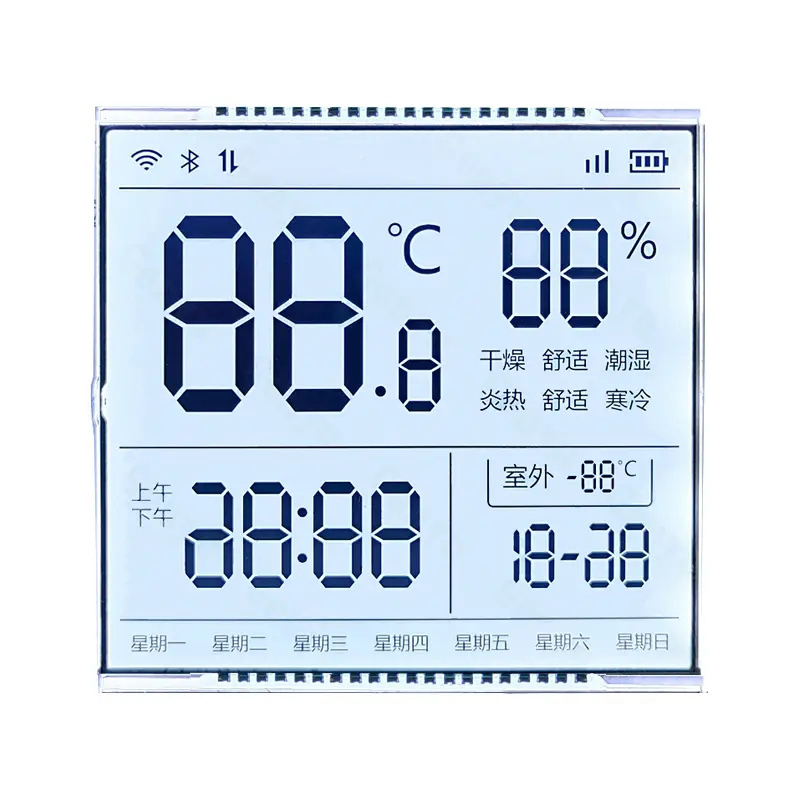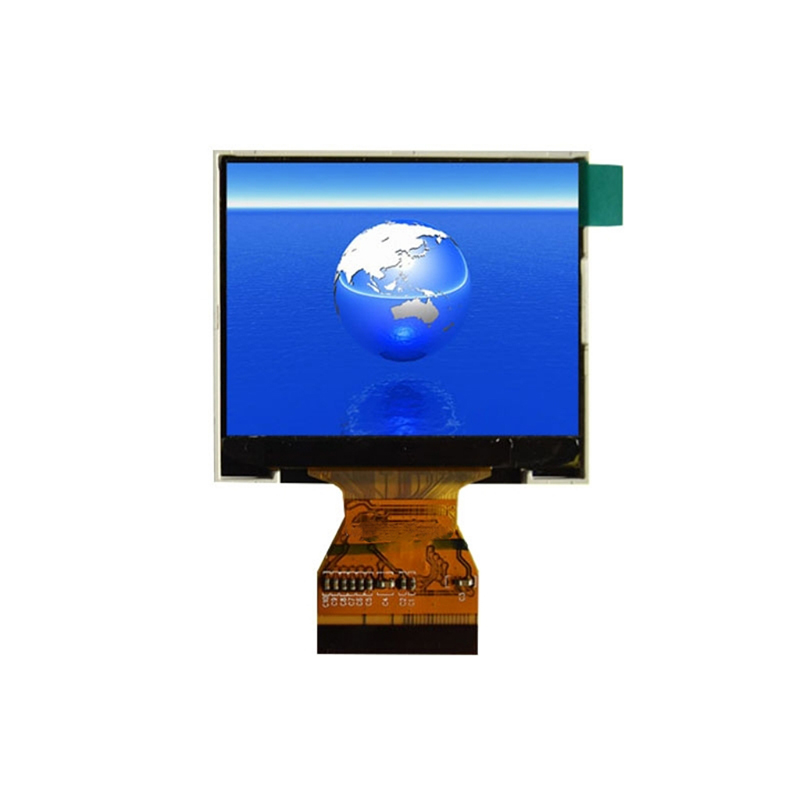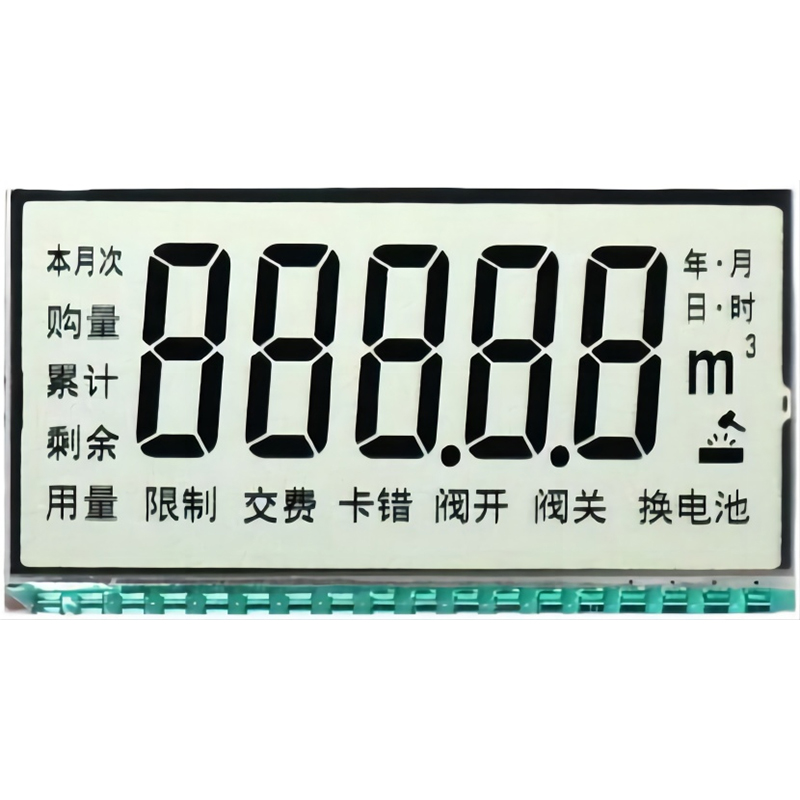
Finding the right 0.96 inch TFT display can be challenging, given the wide array of options available. This comprehensive guide helps you navigate this landscape, comparing different models and highlighting crucial features to consider. Whether you're a hobbyist working on a small project or a professional integrating displays into larger systems, we’ve got you covered. We'll delve into technical specifications, applications, and even sourcing considerations. Choosing the perfect display often comes down to understanding your specific needs and the nuances of available technology.
Before diving into specific products, let's establish the key features you should prioritize when selecting a 0.96 inch TFT display. Understanding these will greatly simplify your decision-making process.
Resolution dictates the clarity and sharpness of the image. Higher resolutions result in crisper text and graphics. Pixel density (pixels per inch or PPI) is closely related, impacting how sharp the display appears. A higher PPI generally translates to a more refined image. For a 0.96 inch TFT display, common resolutions range from 80x160 to 160x128 pixels. Consider your application's needs – a higher resolution is beneficial for applications requiring detailed information, while a lower resolution might suffice for simpler displays.
The backlight significantly impacts the display's visibility. Common backlight types for 0.96 inch TFT displays include LED backlights, which offer different levels of brightness and color temperature. Consider the viewing environment; displays with higher brightness are needed in brightly lit areas, while lower brightness is suitable for indoor use.
The display's interface determines how it communicates with your microcontroller or other control systems. Common interfaces include SPI, I2C, and parallel interfaces. Choose an interface compatible with your existing hardware. Some displays offer multiple interface options, adding flexibility to your project.
The operating voltage and power consumption are crucial factors, particularly for battery-powered devices. Lower power consumption translates to longer battery life. Make sure the operating voltage of the chosen display aligns with your power supply. Check datasheets for detailed specifications, often including typical power consumption in milliamps (mA).
The market offers many 0.96 inch TFT display options. Below is a comparison table highlighting some popular choices (Note: specific models and availability change frequently. Always consult manufacturer websites for the most up-to-date information):
| Model | Resolution | Backlight | Interface | Typical Power Consumption |
|---|---|---|---|---|
| Model A | 160x128 | LED | SPI | 80mA |
| Model B | 80x160 | LED | I2C | 60mA |
| Model C | 128x64 | LED | SPI/I2C | 50mA |
Remember that this is just a sample comparison. Numerous other 0.96 inch TFT displays exist with varying specifications. Always verify specifications with the manufacturer's datasheet before making a purchase. For a wider selection, you might consider checking out suppliers like Dalian Eastern Display Co., Ltd. – a reliable source for various LCD and TFT modules.
0.96 inch TFT displays find widespread use in a variety of applications due to their compact size and versatile functionality:
The versatility of these displays makes them suitable for various innovative projects and solutions.
Selecting the ideal 0.96 inch TFT display involves carefully considering several factors, including resolution, backlight, interface, and power consumption. By understanding your project's requirements and exploring the available options, you can confidently choose a display that meets your specific needs. Remember to always refer to the manufacturer's specifications for the most accurate and up-to-date information.


